Like this question, I wanted a shadow above my bottom tab bar, so I created a custom one in a similar fashion. However in both that example and my example (shown below), there is an undesirable sliver of whitespace right above the shadow that is preventing it from layering directly on top of a scrollview.
Notice how "45" is overlayed by whitespace rather than the shadow. Is there any way to remove the whitespace so my shadow can directly overlay the scrollview?
Example Code:
struct ContentView: View {
@State var selectedTab: Tab = .events
var body: some View {
VStack {
ScrollView {
ForEach(0..<100, id: \.self) { index in
HStack {
Spacer()
Text("\(index)")
Spacer()
}
}
}
ZStack {
Color.white
.frame(height: 30)
.shadow(color: .gray.opacity(0.2), radius: 1, x: 0, y: -2)
HStack {
BottomTabBarItem(name: "square.stack", selectedName: "square.stack.fill", directedTab: .events, selectedTab: $selectedTab)
.padding(.leading, 20)
Spacer()
BottomTabBarItem(name: "person.3", selectedName: "person.3.fill", directedTab: .groups, selectedTab: $selectedTab)
Spacer()
BottomTabBarItem(name: "magnifyingglass", selectedName: "magnifyingglass", directedTab: .search, selectedTab: $selectedTab)
Spacer()
BottomTabBarItem(name: "bell", selectedName: "bell.fill", directedTab: .requests, selectedTab: $selectedTab)
Spacer()
BottomTabBarItem(name: "person", selectedName: "person.fill", directedTab: .profile, selectedTab: $selectedTab)
.padding(.trailing, 20)
}
}
}
}
}
struct BottomTabBarItem: View {
let name: String
let selectedName: String
let directedTab: Tab
@Binding var selectedTab: Tab
private func getWeight() -> Font.Weight {
if name != "magnifyingglass" {
return .light
} else {
if selectedTab == directedTab {
return .bold
} else {
return .light
}
}
}
var body: some View {
Button {
selectedTab = directedTab
} label: {
Image(systemName: selectedTab == directedTab ? selectedName: name)
.font(.system(size: 20, weight: getWeight()))
.foregroundColor(.black)
.opacity(0.85)
}
}
}
enum Tab {
case events
case requests
case profile
case utilities
case groups
case search
}
EDIT:
The answer below solved the problem for this minimal example, but
for my actual app code, the problem was due to a Spacer in between the ScrollView and the TabBar. When collapsed, the Spacer still had a minimum length, which showed up right above the shadow as whitespace. I changed Spacer to Spacer(minLength:0) to solve this issue.

